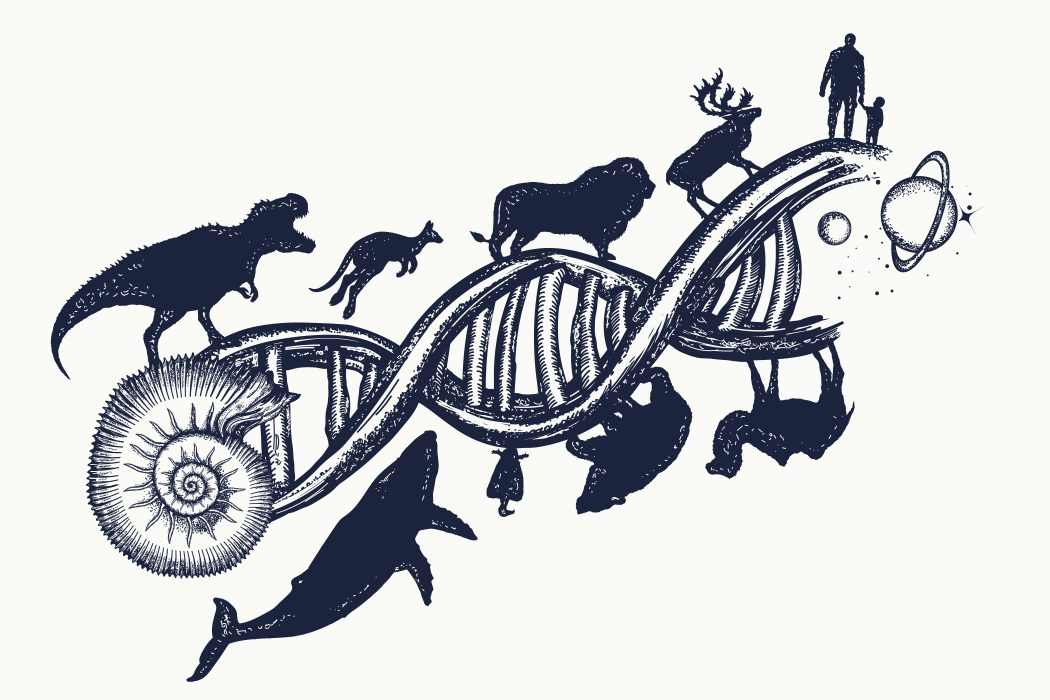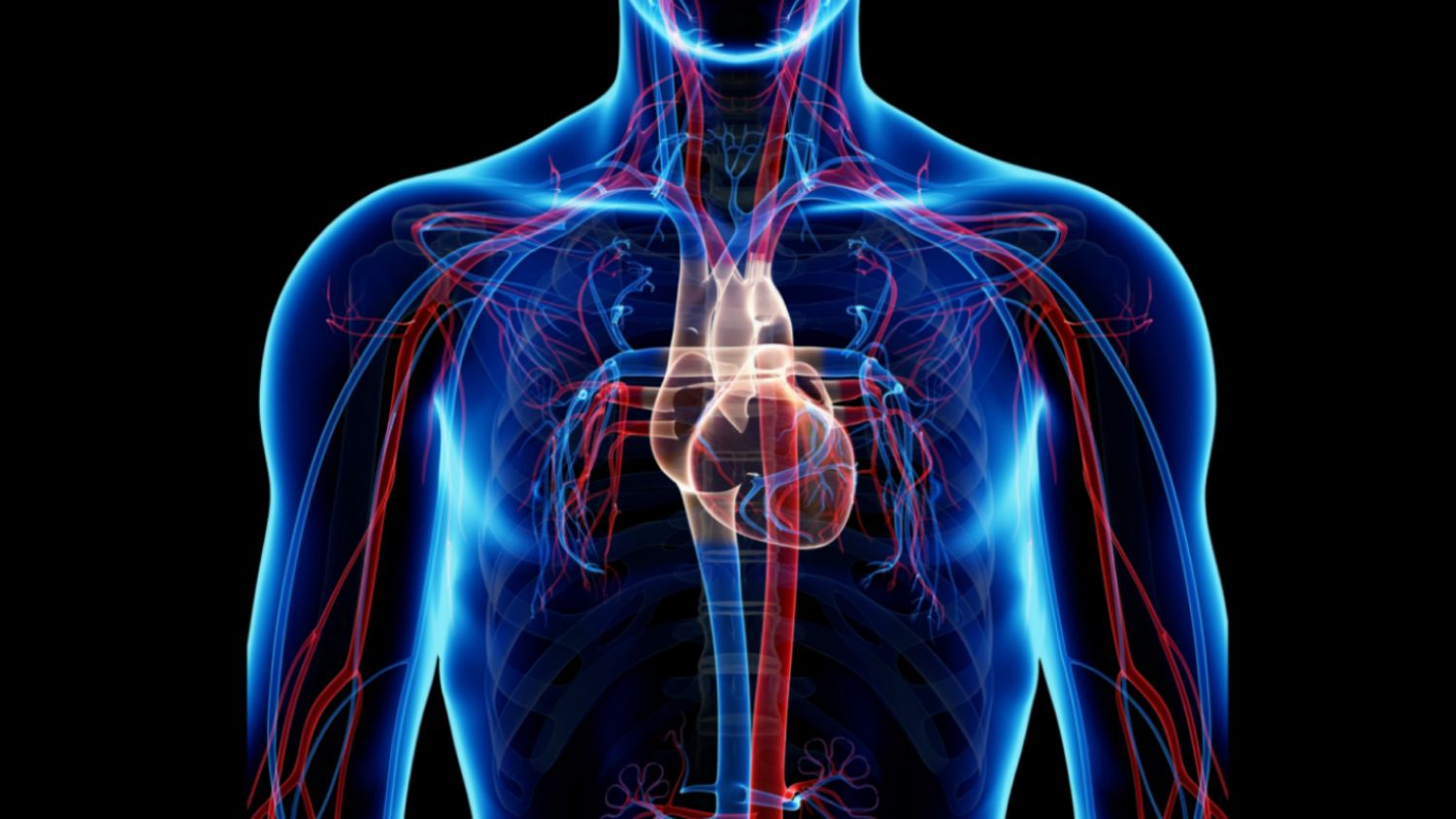|
You are a member of a very large and complex world. Together with other members of your family, you work to do jobs, like clean your home, set the table, make dinner, and many other important chores. Your family in turn works with other families to do important work. These cooperative efforts might include a neighborhood watch or cleanup. Your neighborhood is part of a larger city, which itself is part of a nation, and then finally, part of the greater international community. |
|
From one individual to an entire planet filled with human beings, each of us have a role to play. Some of us are airline pilots, teachers, doctors, farmers, builders, and more. Without a variety of people with specialized skills working together, our world would be very different. There would be no advancement of technology, no discovery, and medical and food technologies would not exist as they do today. |
Living Things Are Made of Cells
There is a similar organization within the bodies of living things. If we could go inside a living thing, the first thing we would see are what we call cells. Cells are like people in the example above. Each one is an individual entity working hard on specialized jobs. Instead of firefighters, cells might be assigned the job of helping digest food, or carrying messages from the brain, or fighting diseases that enter the body. Cells work along side other cells in what we call tissues. This is similar to how individual people work inside a family, in the example above.
Cells Combine To Form Tissues
|
A tissue is a family of cells that live very close together, and work hard to do the same jobs. Many tissues come together to form what biologists call an organ. This is like a city in the previous example. Organs then work together to form a system, and eventually the entire body of a life form. |
|
In a way, your body is functioning as a mini-planet. Right now within your body, there are billions of individual cells working hard in specialized jobs. These cells join into tissues, organs and systems and help make up a vast community of life within you. |
Tissues Combine To Form Organs
Two or more tissues combine in different ways to form organs. Which do important jobs, like pump blood through the body, clean the blood, move your body, and even think. Examples of organs are the heart, kidneys, brain, muscles, and so forth.
Organs Combine To Form Organ Systems
Two or more organs combine to work together on similar tasks. Such as the circulatory system, which is made up of the heart, the lungs, and many veins and arteries. Other systems include the skeletal system, the nervous system, the excretory system and so forth.






